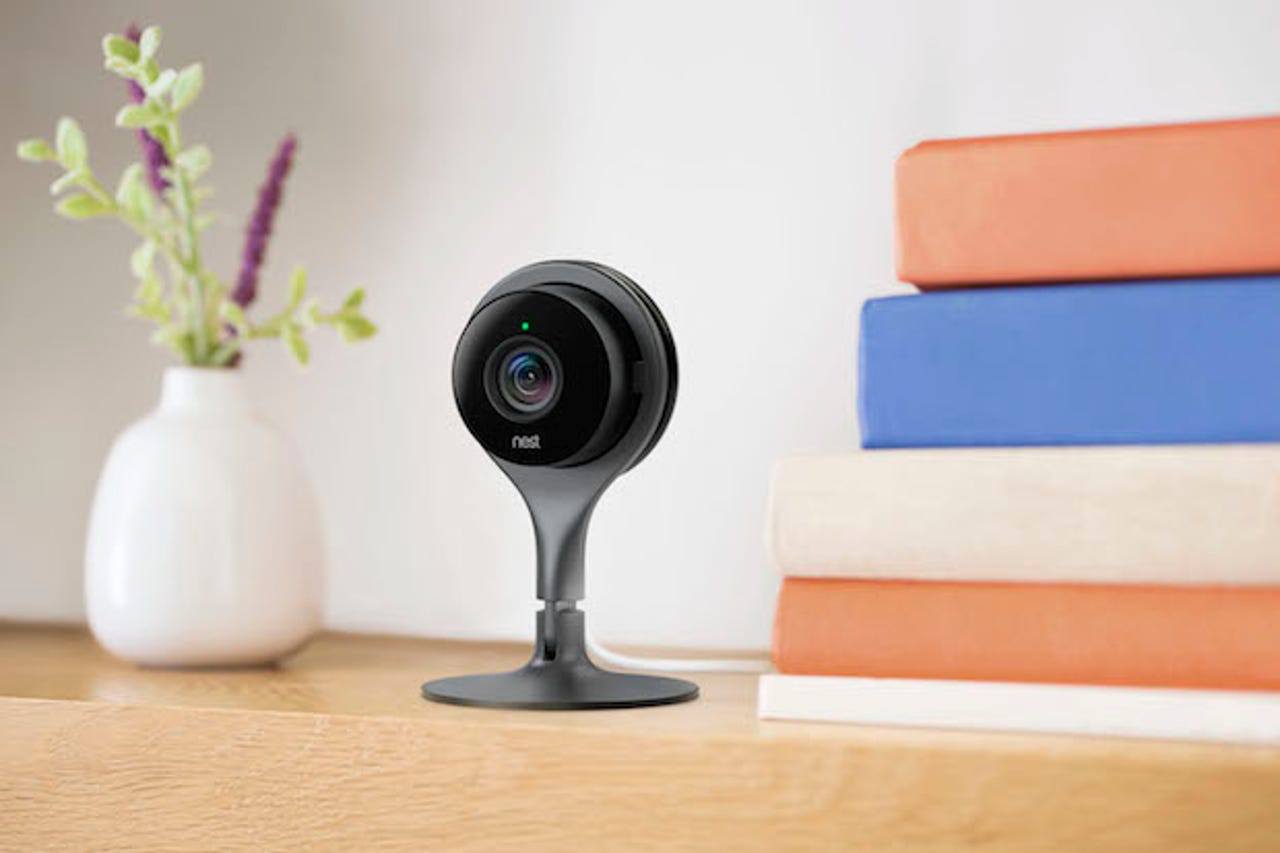Nest keeps smart home portfolio neat and tidy with latest upgrades


SAN FRANCISCO--- Nest is rewiring its software and preparing to install some new hardware to further bring homes online and make them as intelligent as phones, tablets and watches.
The Google-owned company unveiled a number of upgrades to its small but growing portfolio of Wi-Fi enabled appliances on Wednesday, including a number of new bells and whistles (somewhat literally) alerting potential energy drainers and even dangers at home.
"Together, we've changed the conversation about the connected home," remarked Nest CEO Tony Fadell at a media presentation on Wednesday morning.
Following a multi-million dollar (and very buzzed about) acquisition, Nest's catalog of smart home meters and appliances effectively serve as the foundation of Google's smart home strategy.
Thus, the Nest thermostat, Protect smoke alarm and Dropcam Wi-Fi video camera were allotted a well-sized chunk of real estate at the Internet giant's annual I/O developer summit in May.
The Nest team on the show floor demonstrated how each of these products (and more made by others) can work together on the connected fabric. For example, the Dropcam can communicate with the Nest Theromostat to automatically turn on motion alerts when the thermostat is set to "Away." Dropcam can also record clips when Nest Protect detects smoke.
But rather than trotting out even more different connected appliances throughout the home, Nest is working harder with what it already has, which not only offers the possibility of reducing clutter but simply costs for buying multiple gadgets in the long run.
With Nest, Fadell elaborated consumers don't have to choose a bundle of products or platform -- they only have to start with one, which can be accessed, monitored and managed from anywhere worldwide through a mobile device.
Looking toward its parent company, Nest and Google have been co-producing an Internet of Things-minded, full stack platform dubbed "Works With Nest" to encourage third-party developers to build connected products, enabling these technologies from back end systems to front end communications.
Greg Hu from the platform and services team at Nest observed there are already lots of companies making great appliances from washing machines to connected light bulbs. Hu noted there are more than 9,000 developers building Nest integrations, including Chamberlain garage doors, Philips lights, and Ooma for forwarding calls.
"These are great, practical integrations," Hu summed up, adding one in eight customers use a Nest integration with one of their devices.
"We have delivered on the promise that a thermostat can save you energy," boasted Maxime Veron, director of hardware product marketing at Nest.
Veron cited two independent studies from Energy Trust of Oregon and Vectren Energy Delivery revealing investing in Nest can result in $130 to $145 average savings per year. Furthermore, Nest can reduce heating costs by 12 percent - up to two times as much as traditional programmable thermostats. Veron suggested Nest pays for itself within two years and will keep on saving money for years to come.
After launching in just five shops in 2011, Fadell noted Nest is now sold by "tens of thousands of retailers" across seven countries with customers in more than 190 countries.
Fadell recalled how much the startup team struggled just to get the first Nest thermostat into three Best Buy stores. (Incidentally, Best Buy broke the news about Nest's latest innovation early on Tuesday evening.)
The foundation of the Nest portfolio, the thermostat, is getting an incremental upgrade to boost savings even further, starting with automatic fan shut off and safety temperature alerts. The over-the-air software version 4.5 update for Nest Thermostat will be rolling out for free to all first and second-generation Nest customers worldwide over the next two weeks.
The Nest Protect smoke alarm was described by Veron to have been "rethought from inside out" with a completely new, second-generation model sporting a split-spectrum sensor for detecting fires, a redesigned smoke chamber to keep bugs out and a brighter path light. Users can also take advantage of silencing and safety checkups from the companion mobile app.
"No matter how much you love your smoke alarm, you can't keep it on your walls because they expire," Veron asserted.
The first Nest Protect was said to be able to last seven years. At the same $99 price tag when it ships later this month, the new one is supposed to work for at least a decade.
The newest member of the Nest family, Dropcam, rounded out the trio through an acquisition nearly one year ago, and it already appears to be pulling its weight in household responsibilities. Veron said the Dropcam already sees "hundreds of years" of content processed through Nest's cloud each day.
Nevertheless, Dropcam is already getting the biggest revamp, starting with a new name (Nest Cam) and a sleeker form factor more reminiscent of the Nest thermostat on the wall. The similarities go even further through a new detachment, enabling Nest Cam to be installed from bookshelves to the refrigerator.
Promising bank-level security with night vision capabilities, the new Nest Cam can retain video history between 10 and 30 days across designated activity zones, which hone in on movements thanks to unique protection algorithms.
Nest Cam is available for pre-order now at $199, shipping as soon as next week. The Nest Aware service for video history starts at $10 per month.
But Nest said it is looking beyond the four walls of the home to bring down energy costs even further, going as far as reaching out to home insurance companies through the debut of an opt-in program called Nest Safety Rewards. Hu said the service could guarantee up to five percent in savings per year on annual premiums.
Reflecting these introductions have been five years in the making, Fadell concluded, "We know you needed all of these elements to connect the home and come to light."